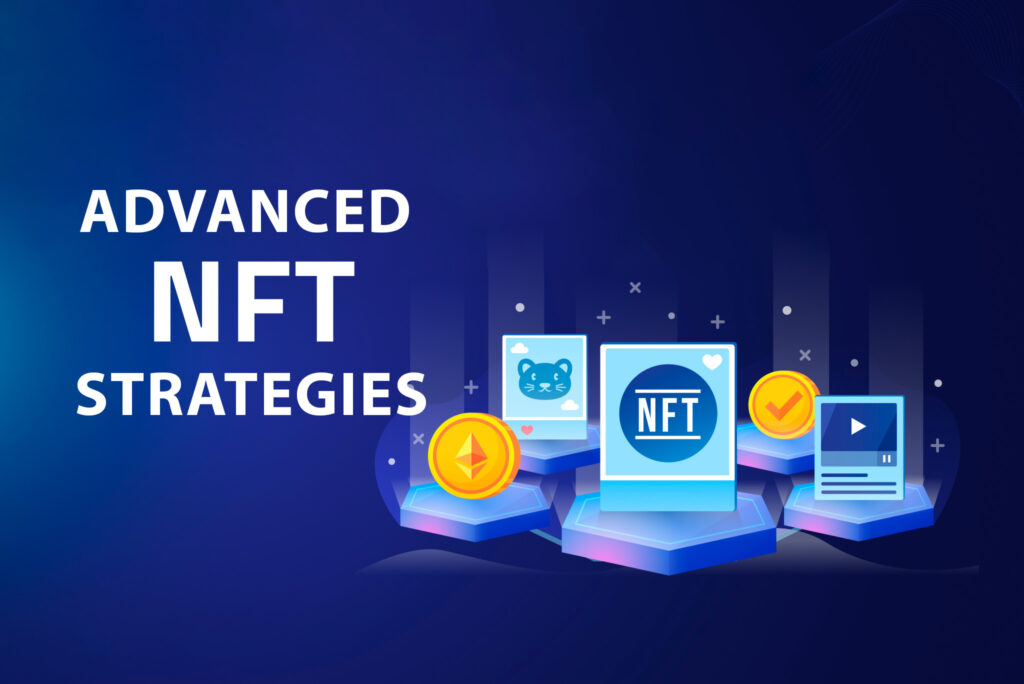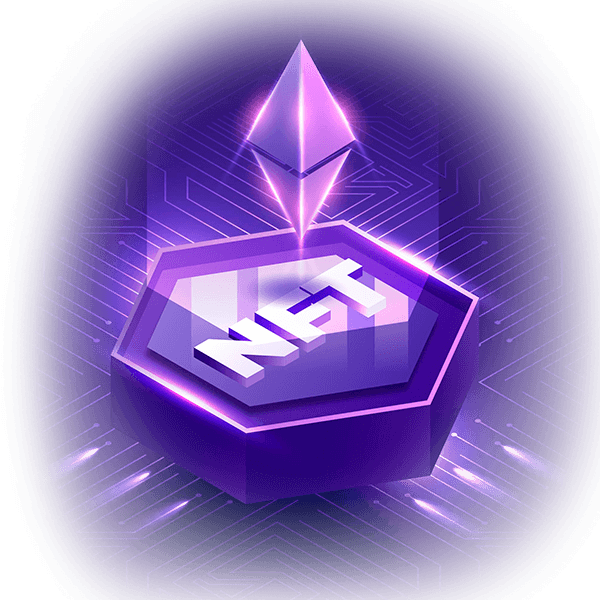Start Your NFT Journey Today!
Sub title
Benefits of Our Courses:
Featured
Courses

Advanced NFT Strategies

NFTs for Beginners

NFTs in Business and Commerce

About us
Site name
Our Team




Building a Strong Network to Propel NFT Education Forward
Collaborating with Industry Leaders
At [Your Company Name], we are proud to partner with some of the most innovative and influential organizations in the NFT and blockchain space. Our collaborations ensure that our courses remain cutting-edge and provide our students with the most current and relevant information. By working together with industry leaders, we bring exclusive insights, resources, and opportunities to our community, helping you stay ahead in the dynamic world of NFTs.
Answers to Your Most Common NFT Queries
Frequently Asked Questions
An NFT, or Non-Fungible Token, is a unique digital asset that represents ownership of a specific item or piece of content, such as digital art, music, videos, or other digital files. Unlike cryptocurrencies like Bitcoin, NFTs are indivisible and unique, meaning no two NFTs are the same.
To create an NFT, you typically need to:
- Choose a blockchain platform that supports NFTs (e.g., Ethereum).
- Create or upload your digital asset (art, music, etc.).
- Mint your NFT using a marketplace or platform that allows for the creation and listing of NFTs, such as OpenSea or Rarible.
- Follow the platform’s steps to mint (create) your NFT and list it for sale.
NFTs can be bought and sold on various online marketplaces, including:
- OpenSea
- Rarible
- SuperRare
- Foundation
- Binance NFT These platforms allow users to browse, purchase, and sell NFTs using cryptocurrency.
Creating and selling NFTs involves several costs, including:
- Minting Fees: Costs associated with creating an NFT on a blockchain, often called “gas fees” on platforms like Ethereum.
- Listing Fees: Fees charged by marketplaces for listing your NFT for sale.
- Transaction Fees: Fees for transferring ownership when an NFT is sold. These fees vary depending on the platform and the current demand on the blockchain network.
NFTs can be a good investment, but like any investment, they come with risks. The value of NFTs can be highly volatile and is often influenced by market demand, the popularity of the creator, and the uniqueness of the asset. It’s essential to research and understand the market before investing in NFTs.
To protect your NFTs:
- Use a Secure Wallet: Store your NFTs in a reputable and secure digital wallet, such as MetaMask or Ledger.
- Enable Two-Factor Authentication: Add an extra layer of security to your accounts.
- Be Wary of Scams: Only use trusted platforms and beware of phishing attempts and fraudulent websites.
Yes, NFTs can represent ownership of physical items. This is often done by creating a digital representation of the physical item (e.g., a digital image of a physical painting) and minting it as an NFT. The NFT can then be sold, and the ownership of the physical item is transferred according to the terms agreed upon by the buyer and seller.
The environmental impact of NFTs is primarily due to the energy consumption of the blockchain networks used to create and transact them, especially those that use proof-of-work consensus mechanisms like Ethereum. Efforts are being made to reduce this impact, such as transitioning to more energy-efficient consensus mechanisms (e.g., proof-of-stake) and exploring sustainable blockchain solutions.
You can learn more about NFTs through various resources, including:
- Online courses (like those offered by DigiNFT Academy)
- Articles and blogs on NFT platforms
- Joining NFT communities on social media and forums
- Attending webinars and conferences on blockchain and NFTs
Getting started is easy! Simply browse our course catalog, select the course that best fits your needs, and enroll online. Our courses are designed to be accessible and informative, providing you with the knowledge and skills to succeed in the NFT space.



